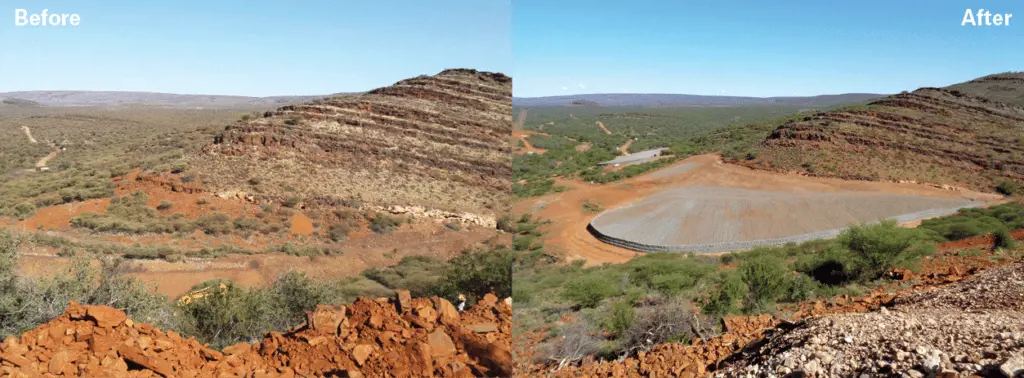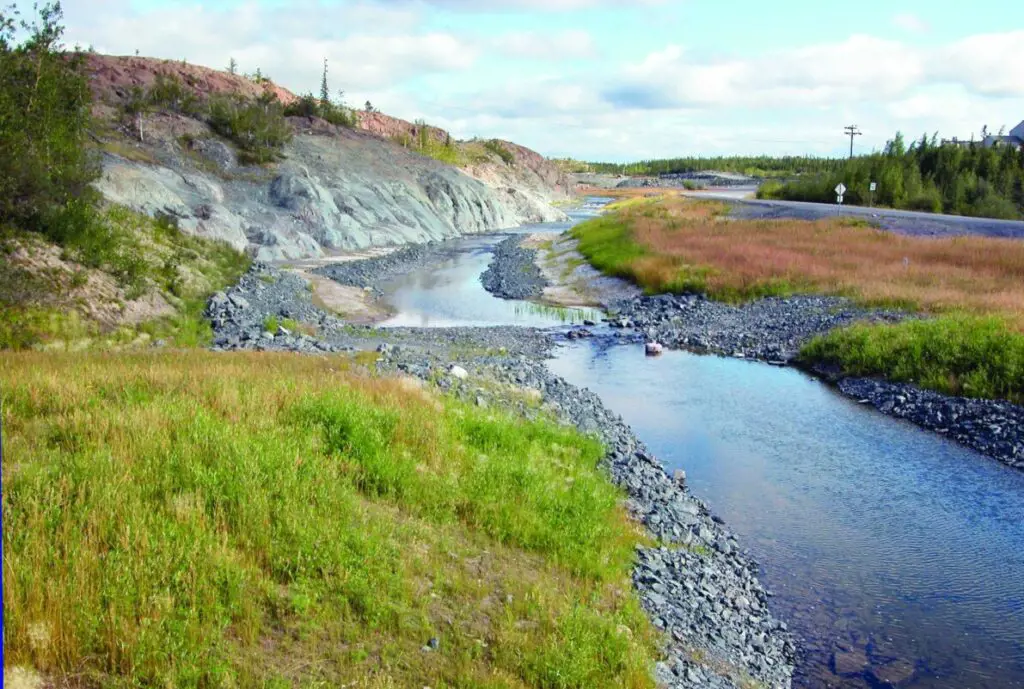Mining companies are incorporating integrated mine closure costings into their planning to better manage closure liability. But more can be done from the onset of mine development to mitigate potential mine closure risks and reduce ongoing and end-of-mine costs.
That is the view of Ray Mayne, a principal environmental scientist at SRK Consulting who has advised numerous mines on closure-related projects in South Africa and other parts of Africa.
“Integrated mine closure planning is vital,” Mayne told Australian Resources & Investment. “There are long-term opportunities for companies that actively address mine closure aspects. And there’s the potential for costly risks and ‘unknowns’ for companies that do not adopt good international practices in this area.”
Integrated mine closure is a dynamic, interactive process that recognises environmental, social and governance (ESG) factors from mine planning through the life of mine (LOM). The process recognises that mine closure planning is an integral part of a mine’s core business – and central to its stakeholder relationships.
Done proactively and where possible, integrated mine closure planning can guide progressive rehabilitation strategies while a mine is operating. The goal: address impacts and reduce existing closure liabilities during mine life, and better understand and ultimately manage overall liability.
Effective mine closure planning can also provide consistent and transparent engagement with stakeholders, engage communities, and hopefully build early stakeholder support for closure decisions.
“It’s not just about cost savings,” Mayne said. “Closure planning is also about reducing the risk of future challenges when there are no quick or cheap fixes. Fundamentally, it’s about mine closure practices aiming to protect the future of communities and the environment.”
Discussion on mine closure planning is timely. Greater focus on current ESG reporting is requiring companies to have a deeper understanding of mine closure liabilities that affect company value.
“Increasingly, investors and stakeholders want to know the position of companies on mine closure issues,” Mayne said. “They want to know whether their approach and liability cost is appropriate.”
Governments, too, are focusing more on mine closure planning. Taxpayers and regulators don’t want to be paying mine-rehabilitation bills for years or decades if a mining company becomes insolvent or closes prematurely due to a poor commodity market. Nor do communities want failed mine closures that damage the environment and risk public health and safety.
“There has been a recent shift from Australian regulators to include more comprehensive closure planning and costing into mining applications, with a focus on progressive rehabilitation,” Danielle Kyan, a principal mine closure consultant with 18 years’ expertise in closure costing and closure related projects, said.
Queensland’s Mined Land Rehabilitation Policy includes progressive rehabilitation and closure plan (PRC) requirements. Introduced in 2019, the PRC requires mines that have a site-specific environmental authority (EA) to plan for how and when activities will be carried out to maximise progressive rehabilitation of the land.
The regulation requires progressive rehabilitation milestones to be incorporated into a PRC plan at mine-lease application.
“This is starting a shift for mine planning engineers to think about the closure requirements and final landforms in initial design phases,” Kyan said.
The New South Wales Government has implemented reforms to strengthen operational rehabilitation requirements for mines in that state – and is shifting to new regulations following industry consultation.
This could include requirements for rehabilitation management plans, annual rehabilitation reports and forward-works programs.
The Western Australian government is incentivising rehabilitation by reducing mining rehabilitation fund (MRF) contributions on land considered “under rehabilitation” and rehabilitated land.
“Around Australia, governments are introducing reforms that put more onus on companies to plan for mine closure and report on progressive rehabilitation,” Kyan said. “Mining companies must be prepared for this change.”


